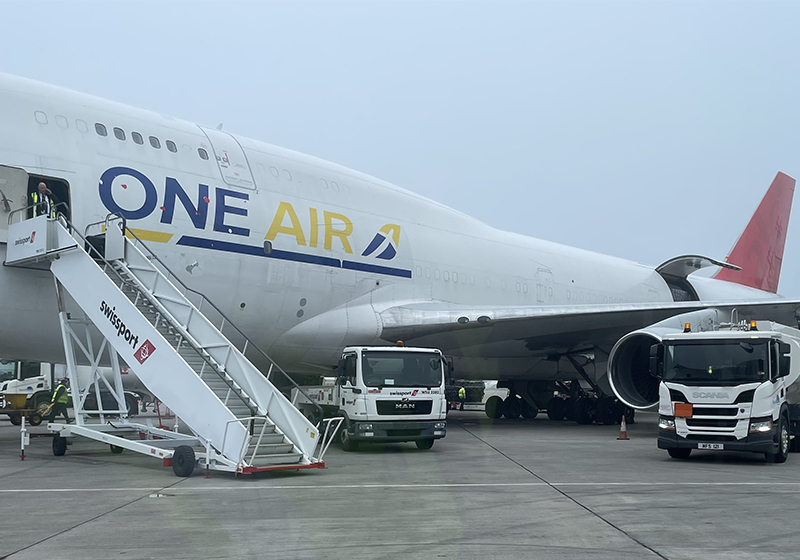Global air cargo market demand rose +11% year-on-year for a third consecutive month in March, driven by buoyant e-commerce volumes and concerns over conflict in the Red Sea region impacting ocean freight services.
In typically weaker months for the airfreight industry, higher volumes in Q1 outpaced capacity growth (+8% YoY), resulting in a +2% pts YoY increase in the global dynamic load factor to 59%.
The surge in airfreight demand was influenced by increased volumes from the Middle East and South Asia, as shippers shifted from ocean to air to avoid Red Sea delays, alongside continuous e-commerce growth.
March saw the average global airfreight spot rate rise +7% to USD 2.43 per kg, with the Middle East and South Asia to Europe corridor experiencing significant rate increases (+46% month-on-month to USD 2.82 per kg).
Notably, the India to Europe air cargo spot rate in March rose 68% month-on-month to USD 3.38 per kg, indicating a substantial shift in demand patterns.
Freight forwarders increasingly opted for spot market purchases, accounting for 43% of total market volume in Q1, compared to 31% pre-pandemic, reflecting market uncertainty and expectations of cargo market normalization.
Shippers also shifted towards short-term capacity commitments, with three-month contracts comprising 41% of newly negotiated contracts in Q1, up +18% pts from the previous quarter.
Despite expectations of downward pressure on load factor and rates, particularly with increased capacity and changing market dynamics, the air cargo market has shown unexpected resilience for six consecutive months.





